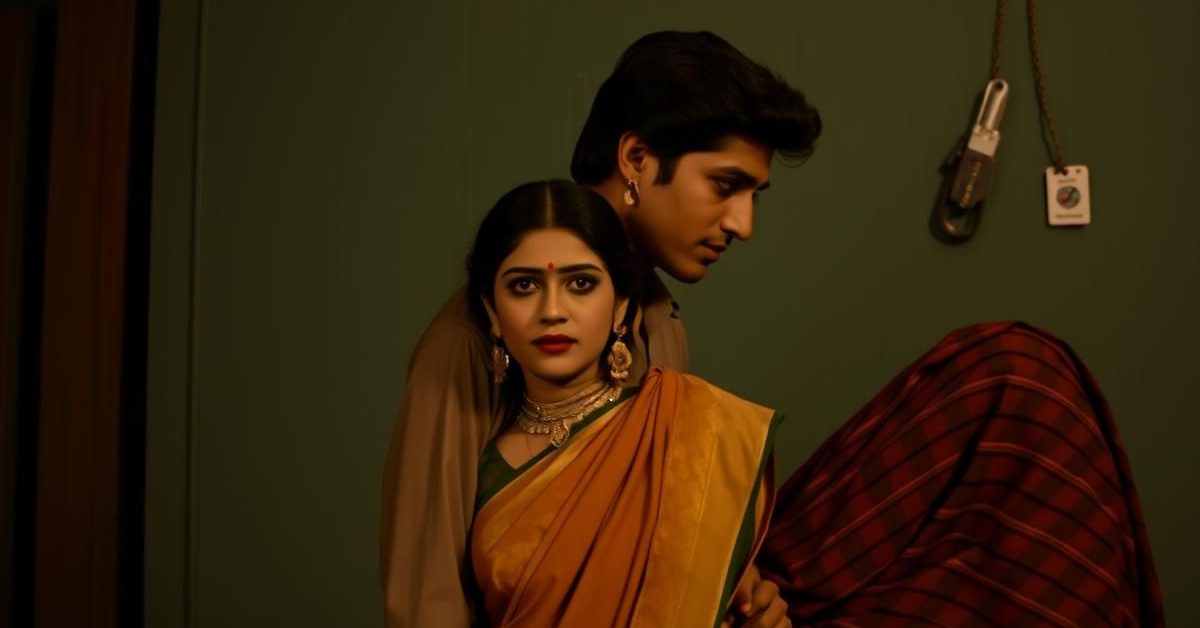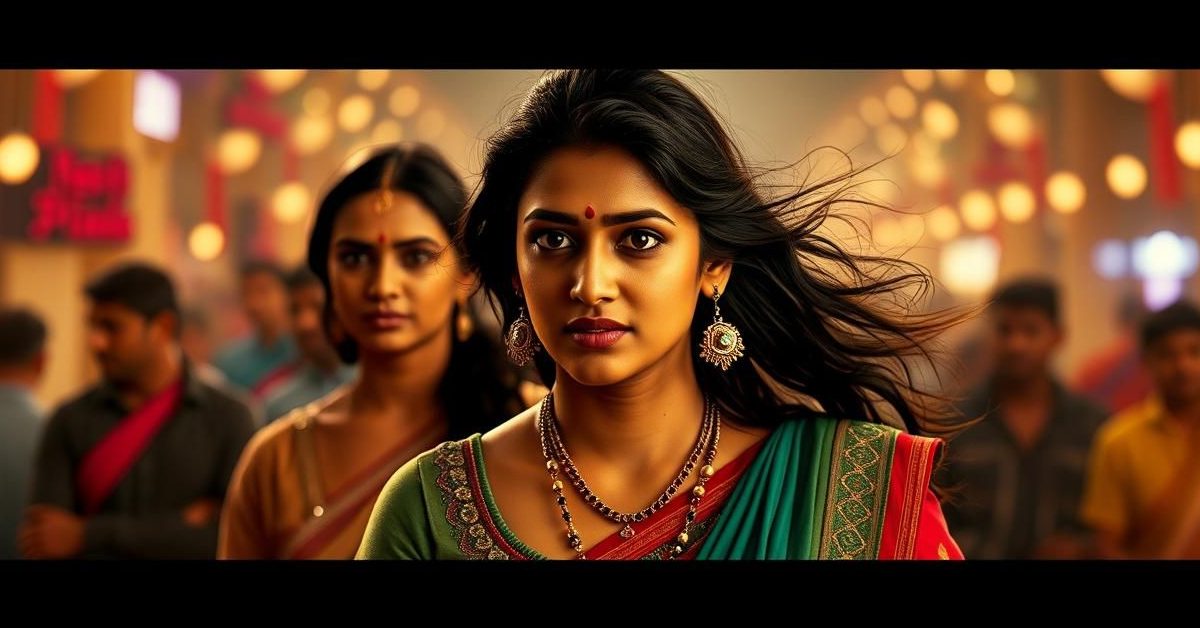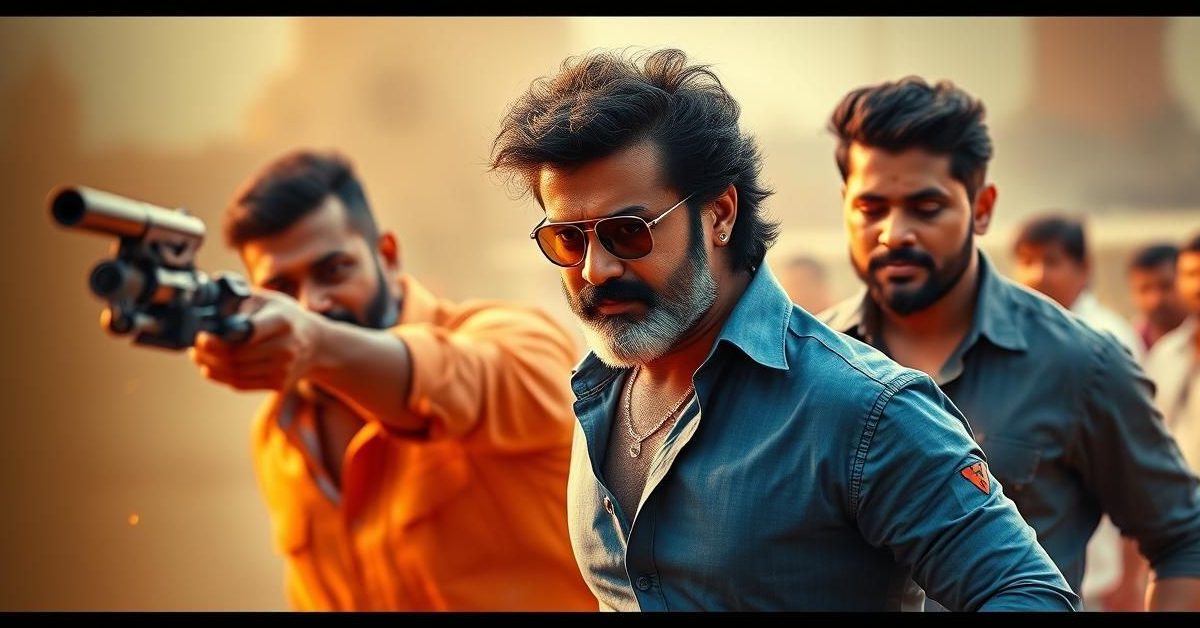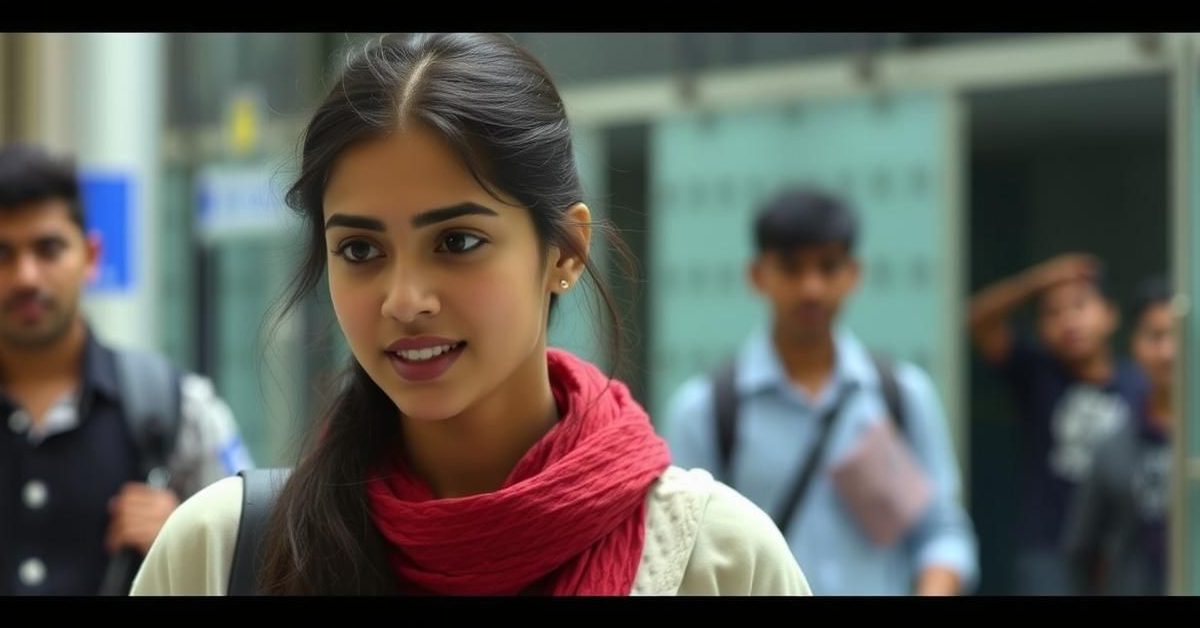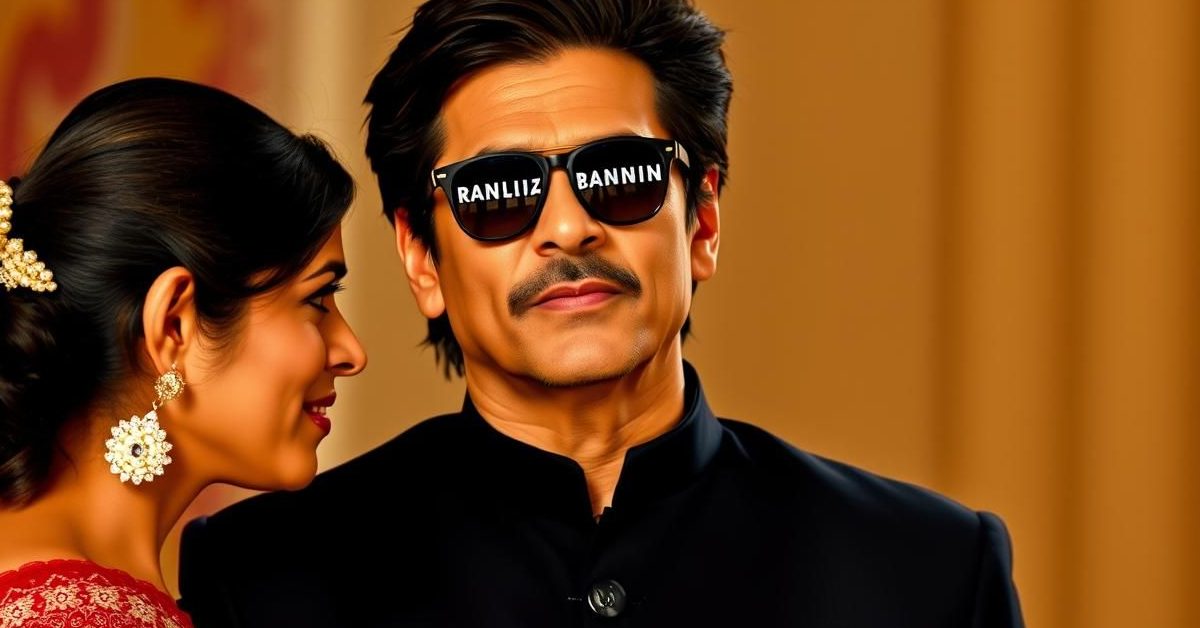The recent debate around “broke man propaganda” in films like “Materialists” highlights a changing audience perspective, but Guru Dutt’s 1957 classic “Pyaasa” explored these themes decades ago, not just as a story of a struggling artist, but as a poignant, unheeded cry for help from its visionary creator.
Modern Love and Financial Realities
Today’s viewers sometimes scrutinize romance through a pragmatic lens, questioning why a character might choose love over financial stability. This was evident in the reaction to “Materialists,” where some felt the protagonist made an impractical choice by not opting for a wealthier partner.
This shift suggests younger audiences are less inclined towards traditional underdog narratives or the idealism of pure love. For them, a “happy ending” often involves a compromise that secures their future, reflecting a post-recession, pre-AI job market mindset.
Pyaasa: A Personal Masterpiece
“Pyaasa,” released in 1957, stands as a seminal work by Guru Dutt, who not only directed and produced but also co-wrote and starred in the film. It was a deeply personal project, born from his own internal struggles and reflections.
Dutt plays Vijay, a destitute poet. Educated but unemployed, he wanders the city clutching his poems, hoping for a publisher. His old lover abandoned him for a wealthy man due to his financial struggles, bringing a layer of personal heartbreak to his plight.
Echoes of Unseen Value
Just as the character in “Materialists” might serve his ex and her new partner, Vijay in “Pyaasa” endures similar humiliations. Both artists are often seen as societal burdens, a perception that shapes how audiences view them.
The contemporary audience’s critical view of characters like the struggling artist in “Materialists” contrasts sharply with the intended sympathy for Vijay. This reflects a generational divide, where financial security is increasingly valued over the pursuit of passion, especially for those entering a challenging economic landscape.
The Unrecognized Artist’s Cry
In “Pyaasa,” Vijay’s poems are undeniably brilliant, moving all who read them. Yet, publishers reject him because he lacks an established name. It’s only after his presumed suicide that his work gains posthumous acclaim, much like Vincent van Gogh’s.
Vijay observes this sudden adoration from the sidelines, his cynical suspicions about the world confirmed. He rejects the hollow validation, famously singing, “If these are the people whose validation I crave, I don’t want it.” This poignant scene frames him almost as a Christ-like figure, surveying the chaos he denounces.
A Reflection of Mental Turmoil
Beyond its narrative, “Pyaasa” serves as an expressionistic window into Guru Dutt’s own mind. Like Van Gogh, Dutt grappled with severe mental health issues. The film’s narrative, with its themes of abandonment and lack of recognition, can be seen as his undiagnosed and unaddressed pain manifesting on screen.
It’s not a strictly realistic depiction but a symbolic one, reflecting his internal world. Because he couldn’t fully comprehend his feelings, he externalized them, blaming the world for his predicament. This makes Vijay an enduring character, resonating with many who feel unseen or misunderstood.
Enduring Archetypes and Societal Neglect
Characters like Vijay continue to find resonance in India, where the “Angry Young Man” and “Devdas” archetypes dominate cinema. These figures, representing rage and sorrow, reflect the untreated emotional experiences of many men in the country.
“Pyaasa” profoundly speaks to the thirst to be seen and heard, highlighting India’s ongoing challenge in recognizing and supporting its artists and addressing mental well-being. It remains a powerful commentary on society’s failure to value true talent and human struggles.
- “Pyaasa” (1957) is a pioneering film on artistic struggle and financial disparity.
- It offers a deep, personal insight into Guru Dutt’s own mental health challenges.
- Modern audiences often prioritize financial stability in romance narratives, reflecting societal changes.
- The film highlights the enduring struggle of unrecognized artists and the importance of mental health support.
“Pyaasa” continues to be a timeless and vital film, urging us to look beyond superficial success and truly understand the human cost of neglect and indifference.
